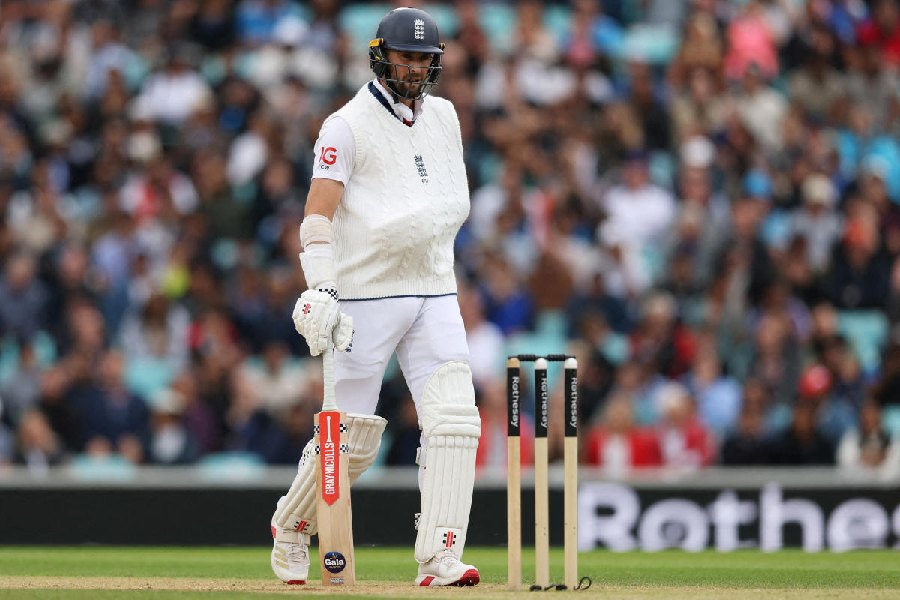 |
| Dsdjkshdjshdk sskdhsjdh: sjkdsjdhsd sdjhs is the closest galaxy |
Invented in 1816 by French doctor Rene Theophile Hyacinthe Laennec, the stethoscope was a simple monoaural (one-ear piece) wooden tube in the beginning. Street urchins were scratching a wooden beam with a pin. Laennec heard the sound transmitted through the length of the beam. That was his inspiration to fashion a paper tube to listen to the chests of his patients. He could link the chest sounds of the dying to the reasons for death during autopsy. Laennec then designed wooden, cylindrical stethoscopes on a lathe in his apartment.
In 1851, Arthur Leared invented a binaural (two-ear piece) stethoscope. The following year, George Cammann perfected the design of the instrument for commercial production. Cammann also authored a major treatise on diagnosis by auscultation.
Rappaport and Sprague designed a new stethoscope in the 1940s, which became the standard by which other stethoscopes are measured. The Rappaport-Sprague steth was later made by Hewlett-Packard and was considered by cardiologists to be the finest acoustic stethoscope. However, it is no longer available. Several other minor refinements were made to stethoscopes until in the early 1960s, Dr Littmann, a Harvard Medical School professor, created a new stethoscope that was lighter than the previous models.
Then came electronic stethoscopes, capable of amplifying body sounds. Models like Littman, Cardionics and Welch Allyn provide a link to computers. Several electronic stethoscopes can very easily allow users to record sounds and e-mail them to colleagues for teaching or consultation. Amplification of sounds has made faint sounds much easier to discern.










